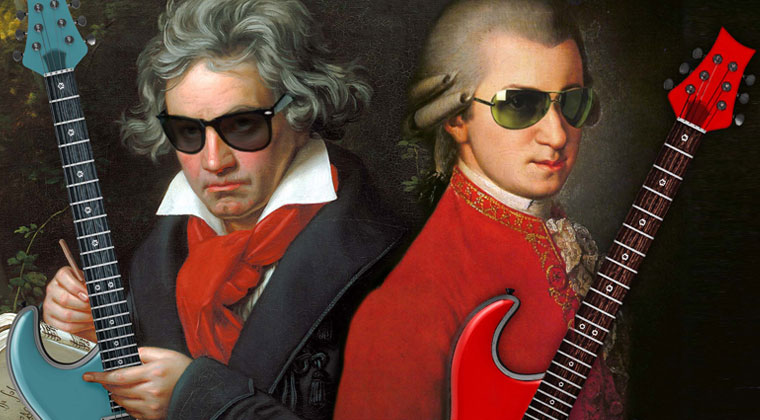How To Create Classical And Popular Music Mash-Ups For Performance

A strong current of music’s beauty is its ability to bring together people who otherwise might have very little in common. They may not speak the same language but can still connect through the common language of music. The music mashup is the quintessence of music’s ability to create unity out of diversity.
Creating and rehearsing a mashup definitely takes some extra effort but will be well worth it. Here’s a high-level plan on how to create and prepare a mashup.
Just to clarify terms: A mashup occurs when the two (or more) works overlay each other. It’s not a cover or a simple medley.
What to look for in the music
None of this works if the two (or more) works selected for the mashup don’t work together. If you’re going for mashup dissonance, that’s easier but less impressive.
Songs or passages written in compatible keys will always mash smoother than those that aren’t. They could be in the same key or they can be harmonically related. You can transpose a work if you like, but that’s already removing the song one step away from the original. You want both songs to be recognizable, even as they’re mashed together. But if there’s a song you really want to work in there, then transposing it if necessary is an option.
Look for songs that share a beat, tempo and meter, as this will also create smooth opportunities to transition between pieces. Really, any points of convergence – a chord or short passage – are opportunities to transition. And, the transitions are key for creating a successful mashup.
If you want to get a preview on how mashup might sound, create a digital mashup first. There are a number of simple tools you can do this with, many have freeware versions available. Steinberg offers a 50% discount for music educators. Most computers come with simple music editing tools as well.
Rehearse those transitions
As noted above, the transitions will make or break the mashup. So while the mashup transitions may work musically on paper, your students need to master them so they work during the performance.
Make sure you have rehearsals that are focusing just on transitions. Use the digital mashup you created as a guide to help the students, since your unique transition won’t be anything they’ve had a chance to hear before.
Where to find some inspiration
As always, YouTube is a great place to find inspiration. Here are a few great mashups. The first is a pop + classical mashup, followed by a classical + rap mashup. The last two are classical-on-classical mashups.
Mozart’s Larchimosa + Adele’s Hello
Hour-long medley of classical and rap music, that includes a lot of Beethoven, Vivaldi and Wagner mashed up with Dj Flexx, Ice Cube and K Khaled.
Mashup medley of numerous classical works
The last example is also a medley mashup of classical works, but a simplified piano mashup version that can be the basis of creating some string mashups. This is just one of many classical mashups by this YouTuber.


